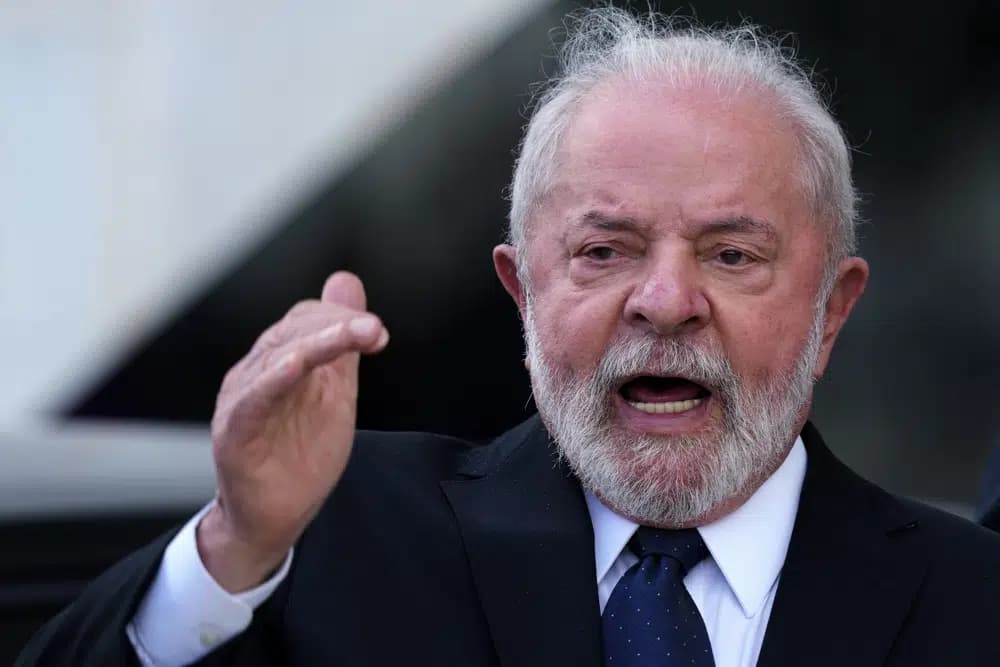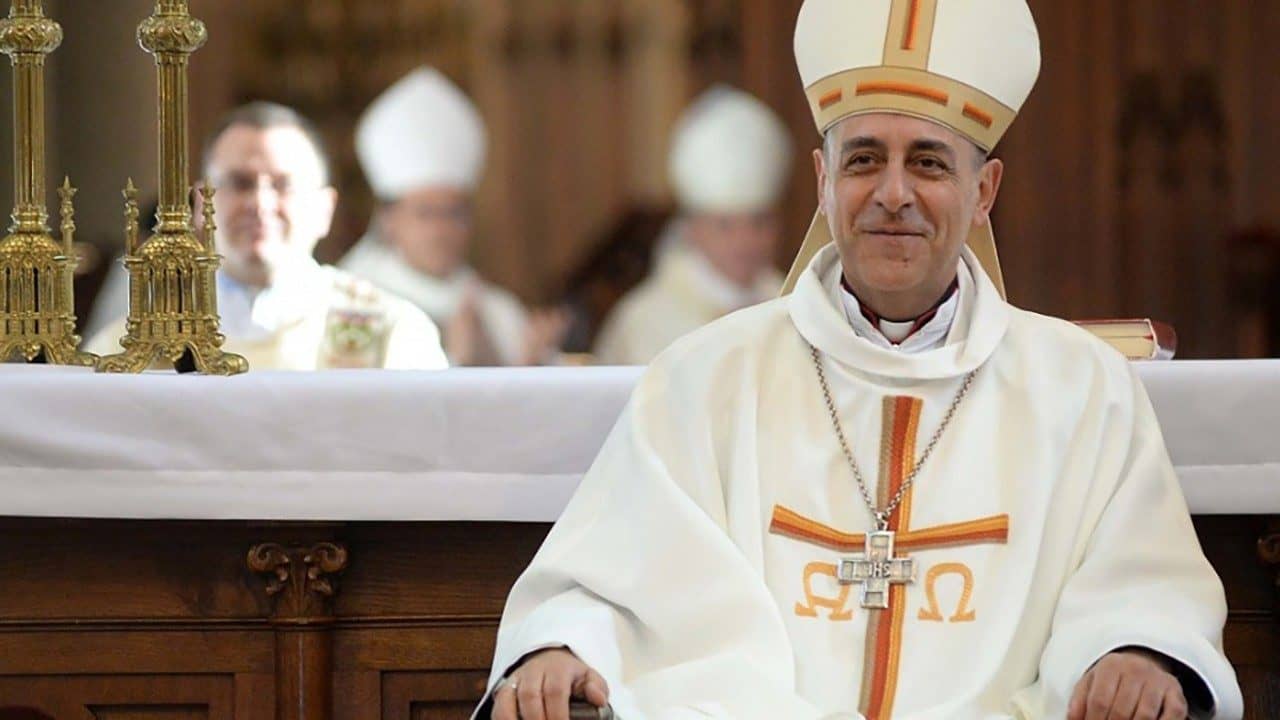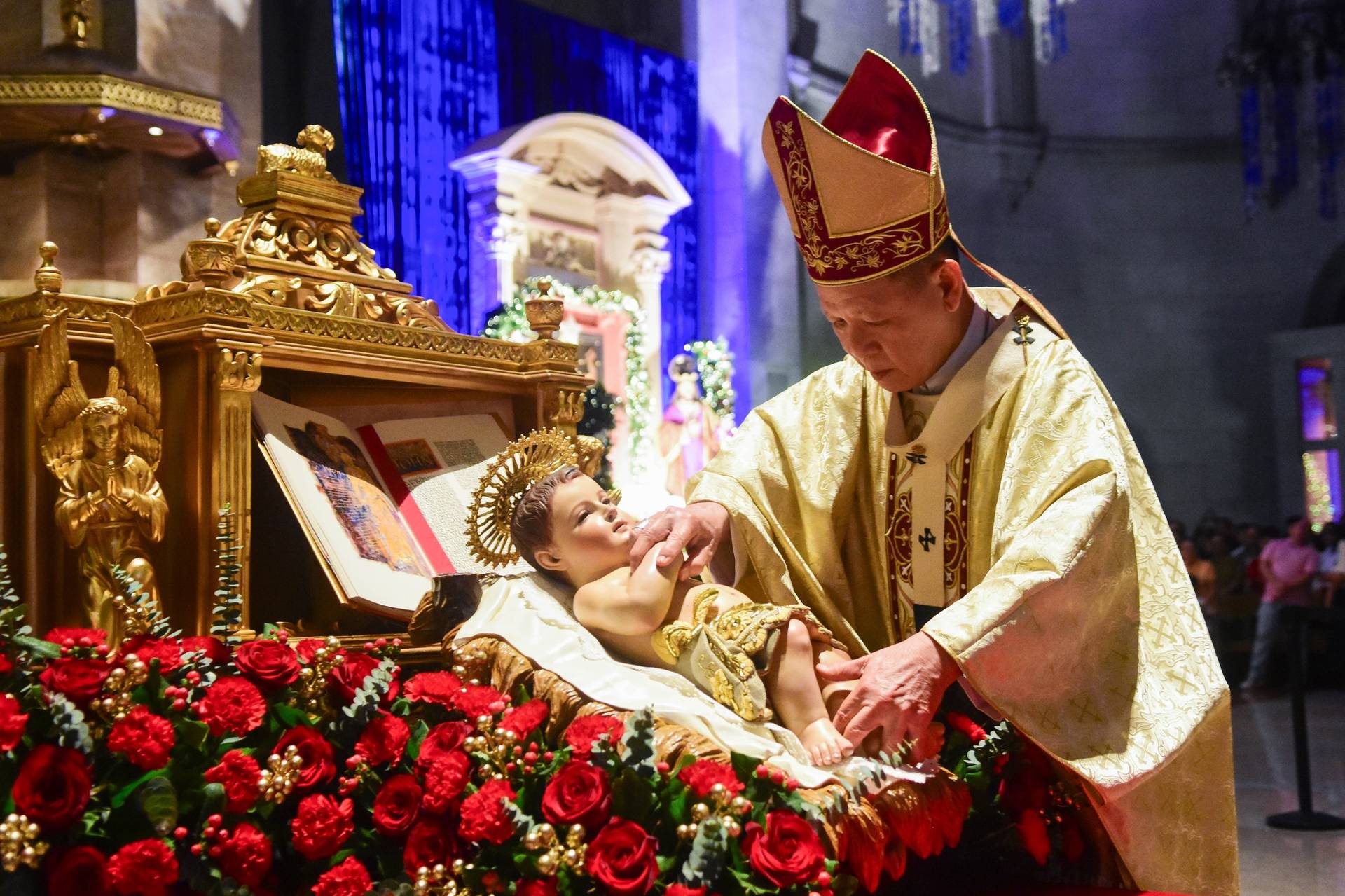Rome – With Luiz Inacio Lula da Silva back in power in Brazil, the acronym “BRICS” is once again in fashion in international affairs. It refers to Brazil, Russia, India, China and South Africa, with Lula’s vision being that these emerging economic and political superpowers could form a partnership to offset the predominance of the West.
This week Lula was in Shanghai to attend the inauguration of former Brazilian President Dilma Rousseff as head of the New Development Bank, a Shanghai-based multilateral institution launched by the BRIC nations. Over time, some analysts believe the bank could pioneer a new global economic order, one not dominated by dollar-denominated transactions.
“Every night I ask myself why all countries have to base their trade on the dollar,” Lula said during an impassioned speech in Shanghai, calling on the BRICS nations to develop an alternative currency.
Others believe the future of the BRICS initiative is less economic than political, with the alliance potentially becoming the de facto G7 of the global south. Lula’s state visit to China this week, including a warm encounter with President Xi Jinping, may have been a step in that direction, even if the Chinese seemed to want to focus more on trade than statecraft.
The resurgence of the BRICS agenda beckons the question of what a similar effort to promote multilateralism in the Catholic Church might look like – in part, to counteract the disproportionate influence of Western Europe and North America on Catholic affairs – and which nations best qualify as the emerging superpowers to lead it.
Certainly the era of Pope Francis, history’s first pontiff from the developing world, feels like the right moment for such a movement to get underway.
The five BRICS nations include two Asian powers, one African, one Latin American, and one Eastern European state, all of them with substantial populations and all with some reputation for momentum in global affairs. One way of identifying Catholic counterparts would be to look at population totals, to identify the most sizeable Catholic countries, coupled with data on levels of faith and practice, in order to establish dynamism.
By that measure, perhaps the best candidates to form the Catholic version of the BRICS nations would be the following.
- The Philippines: 80 million Catholics total, 47 million of whom attend Mass on weekly basis based on data from the World Values Survey.
- Democratic Republic of Congo: 51 million Catholics, 37.5 million weekly Mass-goers.
- Colombia: 35 million Catholics, 20.5 million weekly Mass-goers.
- Nigeria: 32.5 million Catholics, 30.5 million weekly Mass-goers.
- Poland: 33 million Catholics, 17.2 million weekly Mass-goers.
All told, these five nations represent a pool of 231.5 million Catholics, roughly 17 percent of the global Catholic total of 1.4 billion, but a much higher percentage of Catholics who attend Mass on a regular basis.
Alas, the initials involved don’t really lend themselves to a catchy acronym like “BRICS” … I mean, “PDCNP” doesn’t just come tripping off the tongue. However, I did discover that it’s an abbreviation sometimes used in business calculations to represent the output of perennial crops, so I’m dubbing these countries the “Perennials.”
As opposed to the BRICS nations, the Perennials contain just one Asian nation but two African countries, which is appropriate given that Africa has been the zone of Catholicism’s most dramatic growth over the past century. Otherwise, it parallels the BRICS nations in featuring one Latin American and one Eastern European nation too.
All five Perennial nations feature local churches with a reputation for social activism and a high cultural profile.
In Colombia, for instance, the church draws respect for its efforts to end the country’s long-running civil war; the Philippines is such a pervasively Catholic society that shopping malls actually have well-attended chapels; Nigeria features arguably the most intensely spiritual cultural climate in the world, with a Catholic Mass attendance estimated at a mind-boggling 94 percent; and in Poland, Catholic identity is still inextricably linked to the legacy of St. John Paul II, recently termed by a resolution in the country’s parliament as “the greatest Pole in history.”
What would a Perennial agenda for Catholicism look like? As with the BRICS countries, to some extent it’s a question of whose influence you’re trying to offset.
In Catholicism the effort might begin with Germany, given widespread impressions across the global south that German Catholicism wields disproportionate influence in the church relative to its numbers and declining spiritual vitality. (Its weekly Mass attendance rate, for instance, is estimated at 14 percent.)
Germany’s controversial “Synodal Path” has raised hackles in some sectors of Catholic opinion for its endorsement of blessing same-sex relationships and other departures from orthodoxy, positions which would not be widely shared in the Perennial nations. Moreover, there’s also a perception that the German church exercises strong influence on churches in developing nations through largesse dispensed by foundations such as Misereor and Adveniat, using resources collected thanks to the country’s church tax system.
More broadly, the core Perennial aim might be to encourage Catholicism in the developing world to stand on its own two feet, with its own resources and its own voices.
Another issue for the Perennials might be addressing global inequities in the distribution of clergy. Two-thirds of the Catholic people today are in the global south, but more than two-thirds of all priests are in the north, in part because dioceses in Europe and North America are becoming increasingly dependent upon imported clergy. As a result, priest shortages generally are far more acute in the developing world.
In reality, the issue isn’t whether there’s a potential to-do list for such a coalition. The question is who’s the Perennial Lula, meaning a church leader with the vision to launch and sustain such an initiative. It can’t really be Francis himself, since he’s already the leader of the whole church, not just a geographically and culturally defined segment of it, though he can certainly inspire and support such a development.
While the answer isn’t intuitively obvious, that’s not for a lack of possibilities.
Archbishop Ignatius Kaigama in Abuja, Nigeria is a charismatic and energetic leader, with plenty of friends in the English-speaking hierarchy around the world. In Colombia, Archbishop Luis José Rueda Aparicio of Bogotá enjoys respect for his efforts to mediate the country’s armed conflicts. Bishop Pablo Virgilio David of Caloocan in the Philippines, currently president of the country’s bishops’ conference, is admired for his outspoken criticism of former President Rodrigo Duterte’s violent war on illegal drugs, and in the DRC, Cardinal Fridolin Ambongo is considered a moral critic of abuses of power, having gotten his start at the age of 24 by opposing the Mobutu regime.
Any one of those figures, and others one might imagine, could galvanize a Perennials coalition in Catholicism. Whether one of them steps up and seizes the moment, however, remains to be seen.

















